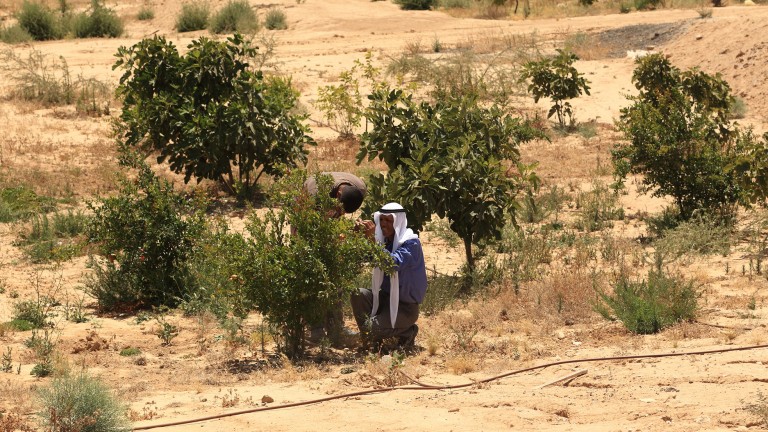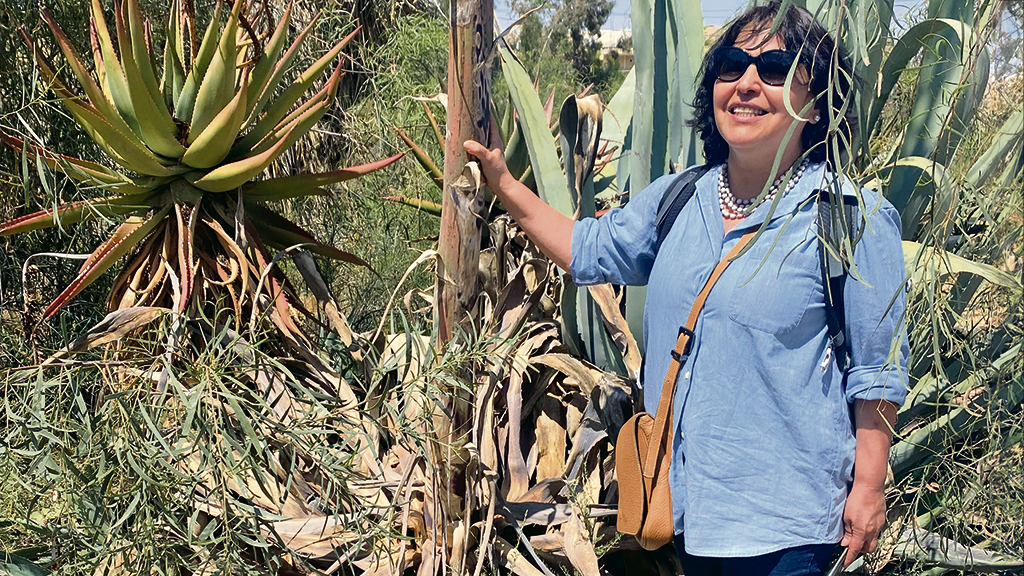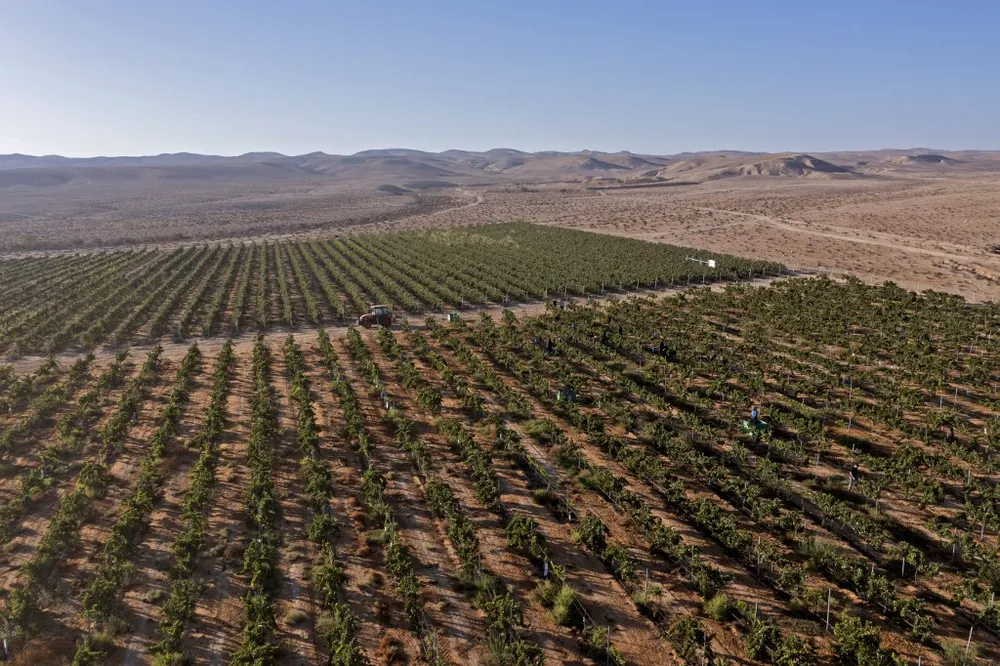
New Israeli Tech, Old Bedouin Ways at Wadi Attir
New Israeli Tech, Old Bedouin Ways at Wadi Attir
August 5, 2015
Desert & Water Research, Negev Development & Community Programs
Israel21C — Launched in 2009 by the Sustainability Laboratory and the Hura Municipal Council, Project Wadi Attir combines cutting-edge Israeli approaches and traditional Bedouin knowhow to establish ecologically sound income-generating activities for the local community.
“I visited Israel in 2007 and went with a friend to the Negev to see the technologies being developed at Ben-Gurion University’s Jacob Blaustein Institutes for Desert Research,” says Michael Ben-Eli, the Israeli-born founder of The Sustainability Laboratory, a nonprofit in New York.
“We also toured the Bedouin villages nearby,” Ben-Eli continues. “I was flabbergasted by all the unrecognized villages and the poverty. You have a road with all these fantastic technologies on one side that can solve so many problems, and on the other side all this misery — and nobody putting the two sides together.”
After finding enthusiastic and talented partners in the Bedouin community – foremost among them organic chemist Mohammed Alnabari, mayor of the Bedouin municipality of Hura — Ben-Eli convinced backers that here was the perfect opportunity to contribute to Bedouin wellbeing by putting his theoretical sustainability principles into action.
“Many researchers at Ben-Gurion University were interested in linking their research to something real for the benefit of their neighbors,” says Ben-Eli.
Dr. Stefan Leu, a scientist at BGU’s French Associates Institute for Agriculture and Biotechnology of Drylands, heads a dryland ecosystem restoration project at Wadi Attir, demonstrating methods of turning desertified land back into fertile soil.
His crew planted 4,000 trees of 17 different species on the site to enrich the carbon content of the soil and capture water with their roots. They created low earth mounds to slow runoff, curb erosion and retain water on the site.
“This soil-enhancement program is already showing tremendous results,” says Ben-Eli. “When we started, it looked like a moonscape here, and now we have changed the flora and biodiversity of the site.” The plant life attracted cross-pollinating insects, which brought birds. Ducks found their way to the ponds of captured water.
Everything on the site connects to an integrated system of green technologies for soil enhancement; solar and wind energy and bio-gas production; organic waste composting; advanced irrigation; and wastewater treatment and recycling.




